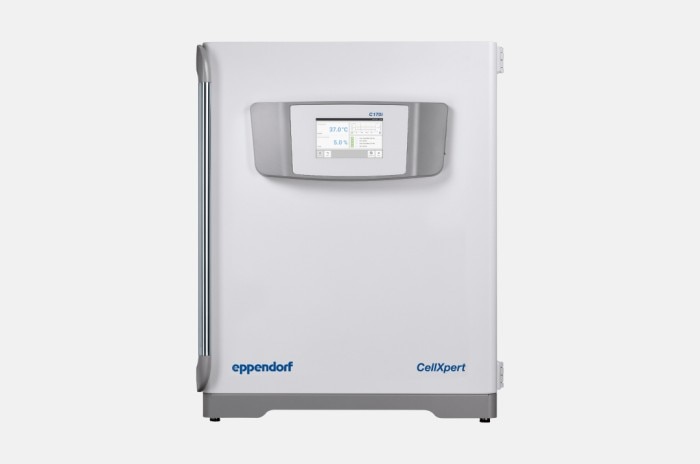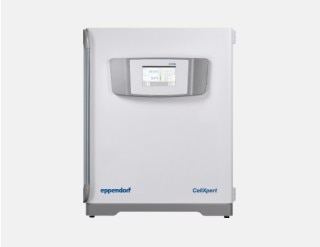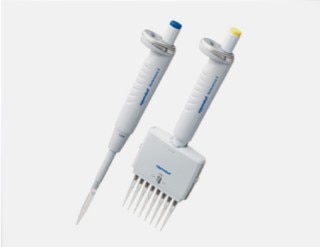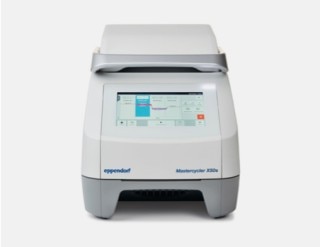MENU
BR | BRL
BR | BRL
Não foram encontrados resultados
Sugestões de busca

Sustainability for CO2 incubators
Samples need to be handled and stored in vessels. Since mid of the 1960, polymer-based microtubes, conical vessels as well as plates have become more and more popular.
How can I find a sustainable CO2 incubator?
Energy savings
Eco-friendly incubators are designed to help you saving energy and reducing your carbon footprint without any compromise in cell security. Keep in mind, reliable 37°C incubation conditions require energy based on physical law. Smaller heating systems require less energy but at some level of scale reduction, these smaller systems become non-dynamic. This means, the 37°C within the incubator are rarely met anymore and the recovery rates after door openings can expand to several hours. As a result, the high value cells within the incubator may suffer from inadequate temperature conditions. A well-balanced temperature recovery in combination with efficient heating is required. Power consumption shall be measured in steady state of the instrument.
CO2 savings
Often underrated, CO2 consumption can be a significant cost factor and easily exceed the CO2 incubator purchase price over its lifetime. Every time you open the door of the CO2 incubator the atmosphere inside gets disturbed. Temperature, gas level and humidity need to equilibrate again to keep the cells in optimal conditions. This problem gets more pronounced, the more often and the longer the door is opened during the day. A smart regulated gas control, tight sealings, and precise production and fit of all door parts (clearance) are key factors to ensure low gas consumption and keep the atmosphere inside the CO2 incubator stable.
Ergonomics
Healthy working conditions become more and more important in the lab. Whereas the direct interaction with a CO2 incubator is limited to comfortable and easy opening and closing of the door, the noise level during the 24/7 running times is crucial when you have to work besides the incubator. In addition, weekly cleaning and re-filling the water tray, as well as additional regular cleaning should be as easy as possible.
Longevity
The longer the life of an incubator, the more favorable for you as an user and for our environment. The price often plays a decisive role when purchasing a new CO2 incubator. Keep in mind the potential life time of the instrument. What about the cost-of-ownership over the years? Extend the life of your incubator by regular cleaning and inspection, regular maintenance, and repair and exchange of spare parts. Check if you really need an incubator with HEPA filter as this filter needs to be replaced regulary and creates a lot of special waste over the lifetime of the incubator.
How can I find a sustainable CO2 incubator?
Energy savingsEco-friendly incubators are designed to help you saving energy and reducing your carbon footprint without any compromise in cell security. Keep in mind, reliable 37°C incubation conditions require energy based on physical law. Smaller heating systems require less energy but at some level of scale reduction, these smaller systems become non-dynamic. This means, the 37°C within the incubator are rarely met anymore and the recovery rates after door openings can expand to several hours. As a result, the high value cells within the incubator may suffer from inadequate temperature conditions. A well-balanced temperature recovery in combination with efficient heating is required. Power consumption shall be measured in steady state of the instrument.
CO2 savings
Often underrated, CO2 consumption can be a significant cost factor and easily exceed the CO2 incubator purchase price over its lifetime. Every time you open the door of the CO2 incubator the atmosphere inside gets disturbed. Temperature, gas level and humidity need to equilibrate again to keep the cells in optimal conditions. This problem gets more pronounced, the more often and the longer the door is opened during the day. A smart regulated gas control, tight sealings, and precise production and fit of all door parts (clearance) are key factors to ensure low gas consumption and keep the atmosphere inside the CO2 incubator stable.
Ergonomics
Healthy working conditions become more and more important in the lab. Whereas the direct interaction with a CO2 incubator is limited to comfortable and easy opening and closing of the door, the noise level during the 24/7 running times is crucial when you have to work besides the incubator. In addition, weekly cleaning and re-filling the water tray, as well as additional regular cleaning should be as easy as possible.
Longevity
The longer the life of an incubator, the more favorable for you as an user and for our environment. The price often plays a decisive role when purchasing a new CO2 incubator. Keep in mind the potential life time of the instrument. What about the cost-of-ownership over the years? Extend the life of your incubator by regular cleaning and inspection, regular maintenance, and repair and exchange of spare parts. Check if you really need an incubator with HEPA filter as this filter needs to be replaced regulary and creates a lot of special waste over the lifetime of the incubator.
Read more
Read less
For the last decades, these polymer-based consumables are indespensable in molecular labs. Constant quality levels combined with sterility and acceptable costs are mandatory for reliable scientific results.
Read more
Read less

Discover our CO2 incubators
Read more
Read less
Learn more about the product life cycle:
Research & Development
- Supply by 100% renewable energy
- Focus on electronic documentation
- All new light installations are based on LED
Read more
Read less
Production
- Assembly by 100% renewable energy
- Re-usable logistic boxes for parts from suppliers
- Expansion of self-made parts to reduce external production/ logistics
- New cleaning procedure for incubator chambers to save isopropanol
- Reduction of usage of acrylate glue in production due to changed production processes for incubator
- Change of insulation of incubators: from glass wool to rock wool
- Steel housing made of ca. 35% recycling material (based on European average; EuRic)
Read more
Read less
Logistics
- Shipment mainly by cargo ship to reduce CO2 footprint
- Local warehouses to reduce drop-shipments
- Packaging parts have increasing share of recycled origin
Read more
Read less
Marketing/Sales
- Focus on electronic media
- Print runs of marketing material based on dedicated local sales needs
- Focus on certified paper for print material, switch to 100% recycling from 2022 ongoing
- Supply by 100% renewable energy in global marketing department
Read more
Read less
Usage
- Low noise level during run
- Low energy consumption during usage
- Low CO2 consumption during usage (and N2 in case of anaerobic experiments)
- Ergonomic door opening/ closure mechanism
- Very low noise level as free-of-fans
- No fan-associated HEPA filter needed (less waste)
- Fast and easy cleaning with low number of internal parts and seamless chamber
Read more
Read less
Disposal
- Packaging can be recycled (cardboard)
- High proportion of metal which can be recycled
Read more
Read less









